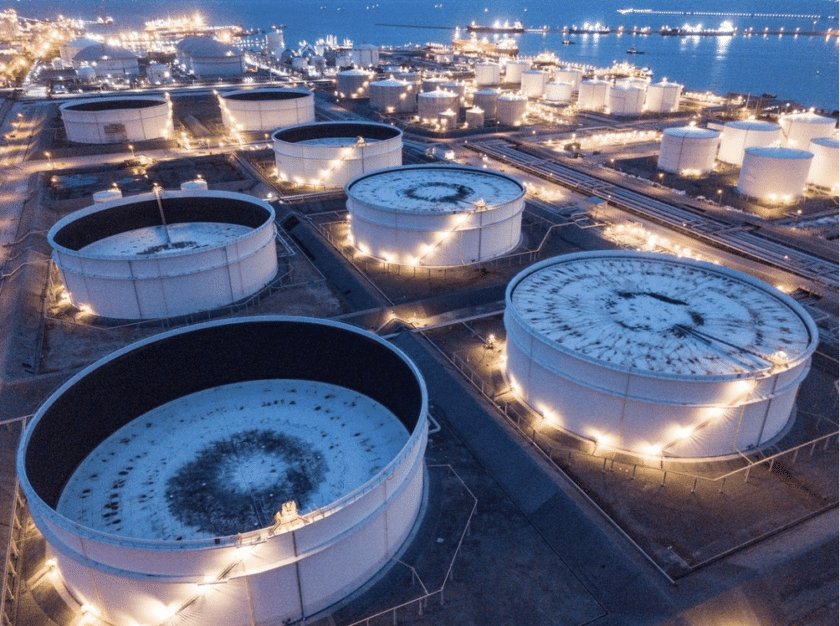Tom Nelson, co-head of Thematic Equities and portfolio manager, Global Natural Resources, Ninety One, discusses the collision between the energy transition and a commodity supply shock.
The move away from Russian oil and gas, with Russia currently providing 40% of Europe’s natural gas, is the largest structural shift in global energy markets for decades. This seismic change coincides with a key phase in the global transition away from fossil fuels more broadly, towards a clean energy system able to support a low-carbon economy.
For investors, this means that pricing signals in the market indicate we have moved from a decade of energy abundance and relatively stable prices to a period of high and volatile prices, in fossil fuels in particular. The wider and more important question is how recent events will affect the overall energy transition.
The energy system is often characterised as driven by a shifting balance between three pillars: security of supply, economics of supply and environmental impact of supply – the ‘energy trilemma’. However, the Ukraine crisis has changed the game with regards to the first two pillars. The pre-eminent supply of natural gas into Europe is no longer secure, and fossil fuels have become much more expensive.
In the short-term, the uncomfortable reality from an emissions perspective is that demand for thermal coal for power generation will likely increase in both Europe and Asia. Europe will become the first port of call for spot liquefied natural gas cargoes, where the Russia risk premium is likely to be maintained for many years; less global natural gas will go to Asia.
Oil prices will remain extremely volatile as the market calibrates the availability of supply from Russia (including via indirect routes), Iran, Libya, Venezuela and a revitalised US shale industry. There is also the existential question around OPEC’s long-term oil price philosophy – is it better to pump and keep a lid on prices, or keep the oil in the ground and achieve a better market price? In the current market environment OPEC can increase volumes and get a good price, but that will not last, as we learned in 2014.
With prices of natural gas and coal skyrocketing, the economics of renewable energy look more attractive than ever. However, in the near term, the budgetary implications in Europe of accelerating investment in clean-energy infrastructure against a backdrop of rising interest rates and increased defence spending are extremely challenging. Even absent the Ukraine conflict and the energy shock, the ‘infrastructure and implementation’ aspect of the energy transition would be enormously difficult and require adroit management.
In the longer-term, recent events should accelerate the energy transition even further. Countries responsible for well over 70% of global carbon emissions have now set net zero targets and there is a clearer understanding of both the urgency and the enormous capital requirements compared to 2018. Electrification of transport, specifically light vehicles, is exceeding expectations, aided by technological progress, consumer preferences and tightening emissions regulations. Additionally, the steelmaking industry has also made considerable headway towards decarbonising its core processes. Progress in carbon capture & storage has been more modest, similarly in aviation fuel and shipping.
Countries – and in some respects companies and consumers – are more motivated than ever to push forward the energy transition. While nuclear power is back on the table, it is unlikely to provide any relief this decade, despite the political rhetoric. Therefore, renewables and other clean-energy solutions, including energy-efficiency measures, are at the core of reducing reliance on fossil fuels.
That should be a reminder that the energy transition is about more than substituting fossil fuels for wind and solar. The transition to a low-carbon energy system also depends on the availability of a broad range of metals and other materials. Copper, nickel, zinc, lithium, aluminium, and steel have central roles in electrification, battery composition, electric vehicles and renewable-energy technology and installation.
The war in Ukraine has thrown into sharp relief the world’s reliance on Russian supply for a number of these commodities –hence why they need to be considered when assessing the security-of-supply pillar of the energy trilemma. While we expect many of these materials to find a way to market, the current crisis is an uncomfortable reminder of the correlation between mineral wealth and geopolitical instability at a sovereign and regional level.
There is no established playbook for the collision of an energy transition with a commodity supply shock, which explains some of the extraordinary price action and volatility we have witnessed in the market since February.
While the temporary move back to coal-fired power may mark a hiatus in the energy system’s shift away from dirty fuels, it is clear that the climate emergency and the imperative to move away from Russian oil & gas will force policymakers, regulators and ultimately consumers to focus their efforts on expediting the energy transition. That has implications for investors everywhere.



































